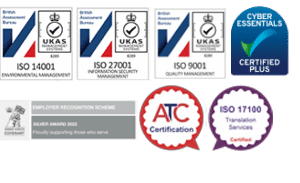How certain medical information is translated has changed thanks to the Medical Device Regulation.
The Medical Device Regulation is guidance from the European Commission. It requires all medical device content to be translated into the language of each member state. The deadline for translating content previously set for this year has been extended due to the pandemic. This allows more time for businesses to prepare for the new regulations as well as source expert translation.
It is important to note that the definition of medical device is also expanding. Its expansion now sees products such as breast implants and coloured contact lenses be included. Now, a medical device constitutes “any instrument, apparatus, appliance, software, implant, reagent, material or other article intended by the manufacturer to be used alone or in combination for human beings”.
The widened definition of medical device has been brought in to create more transparency. The aim is to make the purchasing and usage of medical devices easier and better for all those involved, from purchase through to end-user.
Unique Device Identifier (UDI)
As part of the new regulations, all medical devices are expected to have an UDI. This UDI includes a Device Identifier (DI) and a Product Identifier (PI).
A Device Identifier works as a link between the manufacturer and the device. A Product Identifier is for identifying the unit of device production.
The UDI for all medical devices will be included in the EUDAMED (European Database on Medical Devices) database. Therefore, as part of the MDR regulations, the UDI needs to be available in all the languages of member states.
Instructions for Use (IFUs) will also be included in the EUDAMED database and need to fulfil the same translation requirements. All aspects of the MDR regulations need to be available in the official language where the product will be sold.
Furthermore, the MDR states that the language must be understandable to all. This helps guide the direction of medical translation going forward. It is important to avoid heavy jargon in order to make content comprehensive to readers at all levels.
How the Medical Device Regulation affects translations
Of course, translation has always played apart in the medical industry throughout the EU. The difference with the MDR regulation is that translation is now mandatory from 2020. Moreover, the responsibility of translating the content falls onto the manufacturers instead of the member states.
This means that manufactures must translate their content into all 24 languages. All content has to be available in all 24. Even if manufacturers already translate into a few, they will have to increase to the required amount.
Previously translations would not be required before CE marking, however this is also looking to change. As CE markings indicate that medical devices conform with the requirements of the EU, the new MDR regulation comes as a part of this. Therefore, the translation of all content including, UDIs and IFUs need to be translated before CE marking.
Manufacturers of devices such as cosmetic surgery products and medical software will now have to consider translation. Previously, this was not legally the case.
It not enough to use a multilingual person or an instant online translating platform. Manufacturers need to use trained and professional translators to ensure that their content is translated up to EU MDR standards.
As mentioned, all the information on medical devices will be stored in the EUDAMED database in all 24 languages. This means when using a translation service, manufacturers will need to be conscious that a translation company can trace their work throughout new product launches and update existing ones. It is very important that the EUDAMED database is kept as up to date as possible.
Why use a professional translation service?
One of the main reasons behind the new MDR regulation is to make the world of medical devices easier of all. Therefore, the advantage of using a new a professional translation service is consistent high quality and accurate translations.
DA Languages has two decades’ experience working with the medical and pharmaceutical industries. This means we understand the precise, technical language used by medical suppliers and manufacturers, as well as how to convey such terms to laymen.
Our dedicated translation team is skilled in medical translation and will be able to make all medical device content understandable to all those who will interact with your medical devices.
Get ready for Medical Device Regulation!
Through using DA Languages, you will receive a high quality and dedicated service to make sure that your ready for the MDR deadline. You can be assured that you are providing the best service to your clients and future users of your medical devices.
Contact DA Languages today at enquiries@www.dalanguages.co.uk.



